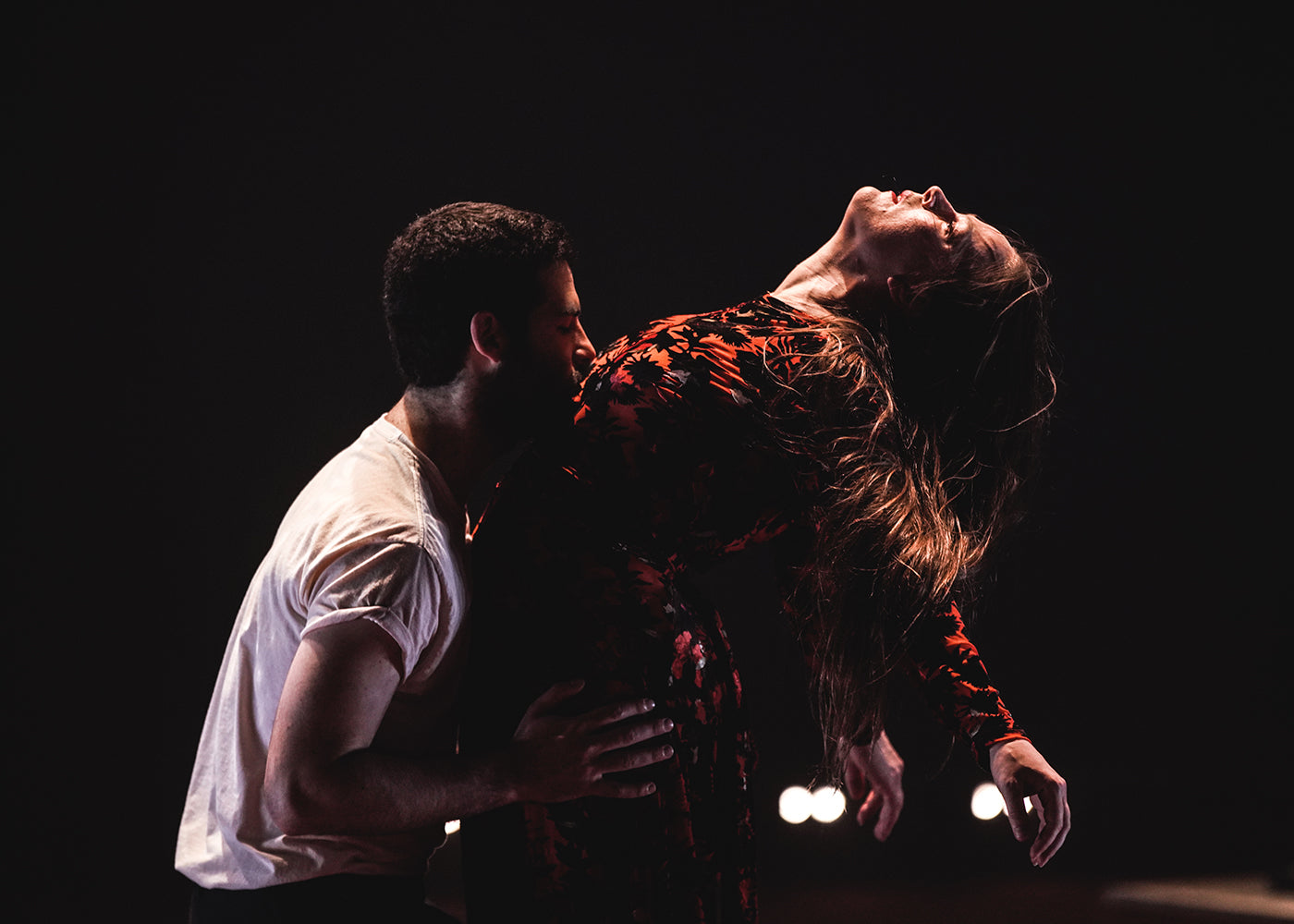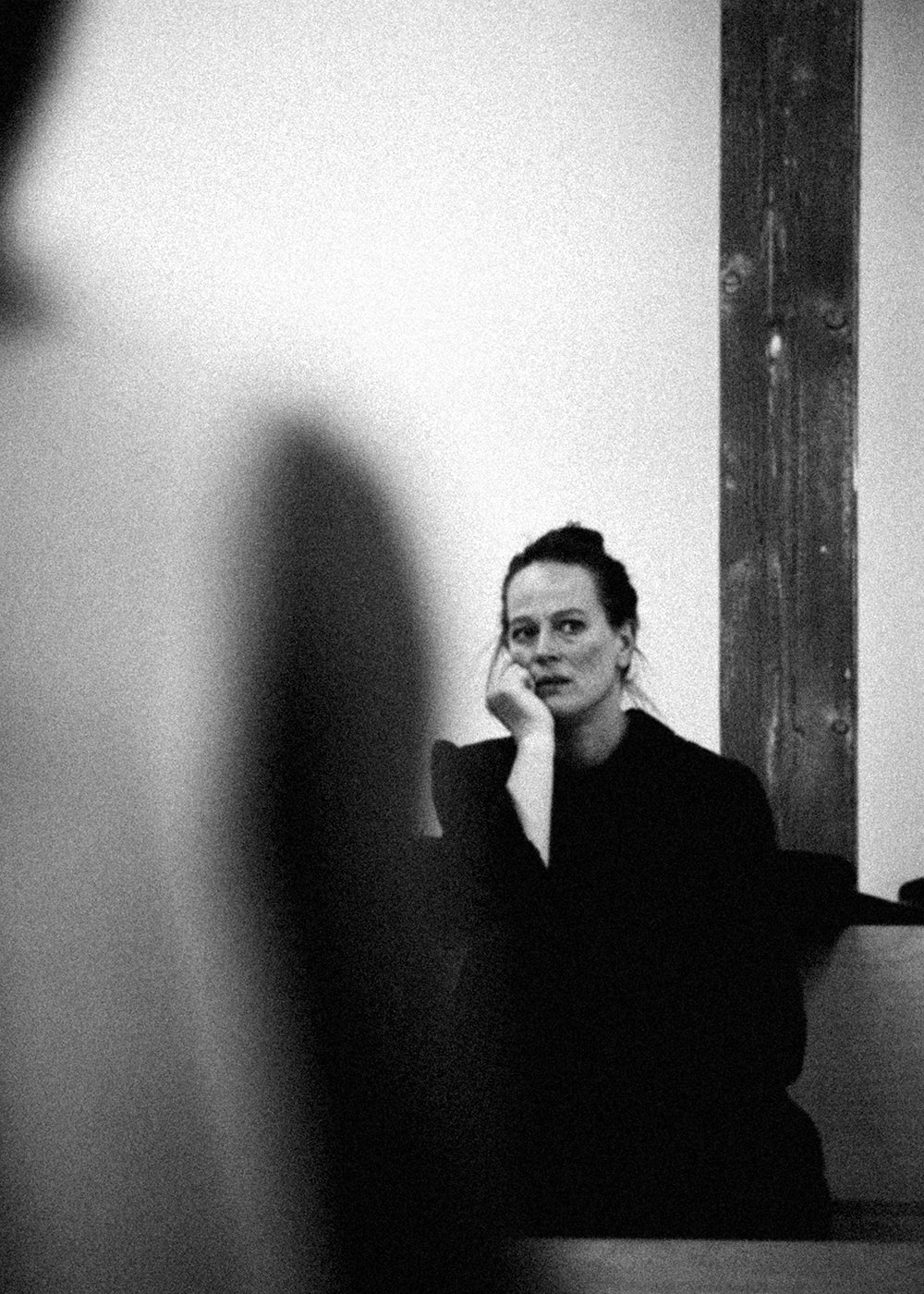Dreamscape
The surge protectors needed replacement after the Hofesh Shechter Company’s concluded four nights performing “Theatre of Dreams” at the Powerhouse: International festival in Gowanus, Brooklyn.
Continue Reading
World-class review of ballet and dance.
Batsheva Dance Company, under the artistic direction of Ohad Naharin, who led the troupe from 1990 until 2019 (he’s currently House Choreographer), has been an incubator for dancemaking talent. While the names Danielle Agami, Sharon Eyal, and Hofesh Shechter may come to mind, add to that list Bobbi Jene Smith and Or Schraiber, who met while members of Batsheva, where they fell in love and subsequently married in 2018.



“Uncommonly intelligent, substantial coverage.”
Your weekly source for world-class dance reviews, interviews, articles, and more.
Already a paid subscriber? Login

The surge protectors needed replacement after the Hofesh Shechter Company’s concluded four nights performing “Theatre of Dreams” at the Powerhouse: International festival in Gowanus, Brooklyn.
Continue ReadingIn the 1996 comedy Multiplicity, Michael Keaton plays a man who decides to clone himself several times over in order to meet the demands of work and family. Chaos ensues. On November 14, San Francisco Opera premiered “The Monkey King” by Huang Ruo and David Henry Hwang. While the narrative features chaos, the line drawn between the 30-year-old film and this new opera is that the titular Monkey King is played by three performers; or one singer, one dancer, and a puppet; or, six performers total, because the puppet Monkey King requires three puppeteers. The Monkey King is an agent...
Continue ReadingIf classical ballet training—from Vaganova to Cecchetti—idealises effortlessness, silence, and a body almost freed from its own weight, modern dance insists on the opposite: the blunt truth that we are made of flesh and bone, and that this matter can itself become an instrument of power.
Continue ReadingTides and the gravitational pull of the moon informed the latest work of Denison University of Ohio dance faculty members Marion Ramirez and Ojeya Cruz Banks.
Continue Reading
comments